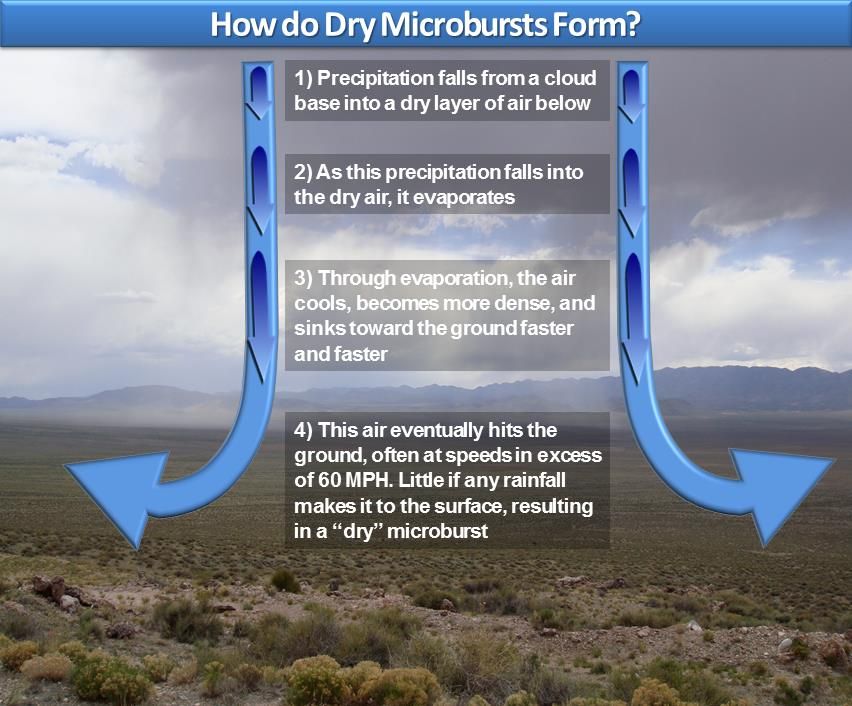Marc Hauver wrote:Great report on micro burst...
The Microburst
By Jim S
...
Just got around to reading this thread. This stuff always sucks me in. Nice write up. With a background in physics, and having worked with some of the FAA weather folks on terminal and en route computer systems development several years back, I developed a weather sweet spot; and a need due to all of my weather dependent outdoor sports. Micro bursts are a native beast in the arid west. When getting here from the damp/humid east coast, I have to hydrate like crazy, and my sinuses are raw if I don’t do the saline spray and humidifier for a week or so to acclimatize. Ventless fireplaces that would soak a room in the east, work great out here.
I think it was the third level radar lobe that lit up the precipitation. I use to do some radar simulation work too, and it got me looking at the weather radar declination sectors rather than just the mosaic. It’s interesting what you can find scanning the individual lobes. Here at the cabin on Strawberry I think I may have even experienced some low density micro burst effects. I’ve seen the rain not more than a mile or two away roll in over me, expecting to get wet, and never feel the rain, just a rush of significant turbulence.
I generally only look at the low beam anymore, other than the mosaic, but this thread makes me inclined to check a few higher lobes when I’m out here; and the barometer. Relative to the cloud ceiling a micro busts effect could be, and likely is, closer than the radar beam angle (line of sight) to the horizon.

